The Best of 1975
When rock split between funk and punk, funk slipped into the disco, and country got progressive. 50 years ago, the music world was in transition.
Jaws was the hit of the year at the box office. It signaled a change from the gritty realism—and sometimes nihilism—of late ‘60s/early ‘70s cinema, into a new era of blockbusters spearheaded by Steven Spielberg and George Lucas. On the small screen, All in the Family, Sanford & Son, Happy Days, and its spinoff, Laverne & Shirley, ruled the sitcom roost. At the same time, we all went nuts over the bionic abilities of The Six Million Dollar Man and his counterpart, The Bionic Woman (I don’t recall how much she was worth, but knowing the earning disparity between the sexes at the time, most likely she came in about $3.8 mil before taxes).
I had a Six Million Dollar Man doll—I mean—action figure. He had a hole in the back of his head where you could look into and see through his bionic eye. You could also roll his “skin” up and see the mechanics of his bionic arm.
We were easily amused back then.
Gerald R. Ford was the first President I remember seeing on television. I saw a balding guy exiting an airplane by tumbling down the steps. I laughed while asking my dad, “Who’s that guy?” My dad, always with the dry wit, just deadpanned, “That’s the most powerful man in the world, son,” then mumbled something to the effect of, “Lord, help us.”
And the music? Well, that’s why we’re here, isn’t it? Just a year later, in 1976, my parents bought me my first album. It was a K-Tel collection called Mindbender that edited and compressed 22 songs on a single record (11 per side). I was already a music fanatic at five years old, spinning my parents’ and grandparents’ records, but this was the first platter I could call my own, and I played it over and over and over.
Mindbender was the perfect distillation of popular music at the time. Although it was released in ‘76, all its songs dated between ‘73 and ‘75. Within its grooves is where I first heard ABBA (“S.O.S.”), Labelle (“Lady Marmalade”), the Ozark Mountain Daredevils (“If Ya Wanna Get to Heaven”), War (“Low Rider,” “Ballero”), CW McCall (“Convoy”), 10CC (“I’m Not in Love”), The Spinners (“Games People Play”), Elton John (“Rocket Man”), KISS “Rock and Roll All Nite”), and, of course, many more - some who show up on the following list.
Below are 25 albums (and 25—or so—more honorable mentions) I either grew up with or discovered at various points over the last 50 years, followed by a mixtape of 75 songs that pull from this list and 50 more albums at least worth mentioning. If you don’t see a favorite here, let me know in the comments.
Willie Nelson - Red Headed Stranger
By 1975, Willie Nelson was already in his 40s and had been making records since the ‘50s. For his debut with Columbia, he submitted a cycle of songs so musically sparse the suits thought it was a demo. Instead, Red Headed Stranger became Nelson’s commercial breakthrough and helped usher in the Outlaw movement. It was a concept album about justice, infidelity, spirituality, and reincarnation recorded with his own Family Band. Not necessarily mainstream country fair - then or now. That’s why it still sounds as fresh today, 50 years on.
Ohio Players - Honey
One of the great urban legends when I was growing up was about Ester Cordet, the model who posed for the cover of the Ohio Players’ Honey. A popular variation involved her being so badly injured from a reaction to the honey being poured on her (causing her to stick to the glass below) for the cover shoot that it ruined her modeling career, prompting Ester to run into the control booth, threatening litigation, only to be stabbed to death while the opening riff of the classic “Love Rollercoaster” is being recorded, leading to that now-infamous, blood-curdling, distant scream.
Besides the ludicrous and logistical impossibility of such an occurrence, the boring truth is that the screech in question belonged to keyboardist Billy Beck. And Ester? The former Playboy playmate is, as of this writing, 78 years old and still riding life’s rollercoaster. Say what!
Bob Dylan - Blood On the Tracks
An album that stands as the standard by which all troubled relationships set to music are measured, Blood on the Tracks still sits in most fans’ top five of favorite Bob Dylan albums. From the opening sequence of “Tangled Up in Blue” and “Simple Twist of Fate” to the deceptively simple closer, “Buckets of Rain,” very few Dylan albums dug as deeply into such a variety of emotions while proving that there was still much more in the tank of one of America’s greatest artists. 50 years on, he’s still proving it night after night.
Gary Stewart - Out of Hand
Released in a year when John Denver reigned supreme and novelty songs (“Convoy”) rode the top of the country charts, Gary Stewart’s Out of Hand provided a breath of smoke-filled honky-tonk air. Stewart’s life ended like a classic and tragic country story, yet his voice could rattle the rafters while calming an alcohol-induced, bar-saddled good ol’ boy at the end of the work week. Still, he was surrounded by death: his son committed suicide in 1988, while his wife of 43 years, Mary Lou, died of pneumonia in November 2003. Less than a month later, Stewart was found dead after shooting himself in the neck.
The Dictators - Go Girl Crazy!
On the surface, the last song on The Dictators’ debut, “(I Live For) Cars and Girls,” could stand as their statement-of-purpose, but dig a little deeper and you’ll find this most New York City of rock’n’roll outfits captured the sweet spot between hard rock/heavy metal and the fledgling punk movement. That point’s driven home by their breakneck take on the Rivieras’ “California Sun,” which inspired the Ramones to tackle the ‘60s surf/garage classic. Go Girl Crazy! was not The Dictators’ best (that distinction can be passed back and forth between Manifest Destiny and Bloodbrothers), but it introduced one of the greatest celebratory rock’n’roll bands of the ‘70s to anyone who was crazy enough to listen.
Neil Young - Tonight’s the Night
A dark, twisted, nihilistic, dreary, hopeless masterpiece, and a eulogy for both Danny Whitten and Bruce Berry, each displaying the ultimate result of the needle and the damage done. Originally recorded in 1973, it took two years to hit the shelves. It’s probably for the best, as the mass audience that joined him for Harvest likely wouldn’t have followed him into the ditch that quickly.
Neil Young with Crazy Horse - Zuma
After the downers Time Fades Away, On the Beach, and Tonight’s the Night, Zuma seemed downright cheerful. Even the slow crawls through “Danger Bird” and “Cortez the Killer” sound ultimately hopeful in comparison to the likes of “Tired Eyes.” Young’s guitar had never sounded as powerful, the Horse never as locked in. It would turn out to be the pairing’s best platter until 1990’s Ragged Glory, and it still stands as a towering, ramshackle achievement.
Guy Clark - Old No. 1
Everything that was ever cool about Guy Clark and so-called progressive country can be found right here—already fully formed—on Clark’s debut. Looking back, it’s hard to believe classics such as “Desperados Waiting for a Train,” “LA Freeway,” “That Old Time Feeling,” “Texas 1947,” and “Let Him Roll” populated a single artist’s first album. Any one of those songs would have been enough to cement a songwriting legacy. The fact that they were only the beginnings of a peerless career, and the cornerstone for a subgenre still going strong today, makes Old No. 1 all the more remarkable.
Parliament - Mothership Connection
Released at the tail-end of the year, Mothership Connection pointed the way to the future: to Star Wars and Close Encounters of the Third Kind, to the merging of disco with funk, to the evolution of hip-hop, to an expanded consciousness. Funkmeister George Clinton gathered an incredible array of talent to carry out his mission: Bootsy Collins, Maceo Parker, and Bernie Worrell joined Jerome Brailey and a stable of master craftsmen of rock, jazz, and R&B to make something truly out of this world, and that’s still as vital today.
Pink Floyd - Wish You Were Here
Mostly a eulogy for the then-still living Syd Barrett, Wish You Were Here was how one of the most enigmatic groups of the rock era followed up their most famous and successful moment, Dark Side of the Moon. Containing only four songs (the multi-part “Shine On You Crazy Diamond” bookends the other three), Pink Floyd created one of the most ominous and depressing albums of the decade while still making it accessible enough to become a classic for generations.
Patti Smith - Horses
“Jesus died for somebody’s sins, but not mine.” Patti Smith introduced herself to the world by turning Van Morrison’s lustful ode to G-L-O-R-I-A on its head, making it even more gloriously unhinged, and that’s just the opening track of her debut. The rest of Horses forges ahead while dragging what came before along with her. The whole history of rock’n’roll can be found here if you listen for it. But it’s OK if you don’t, because seemingly every kid who ever felt isolated and set the needle down on Horses since (including a young Michael Stipe) has found an advocate, a champion, and a voice.
Stanley Clarke - Journey to Love
George Duke, Steve Gadd, Jeff Beck, John McLaughlin, and Chick Corea are just some of the talent that shows up to support Stanley Clarke on Journey to Love. From the slinky Gadd-led groove of “Silly Putty” and the overdriven attack of “Hello Jeff” to the multi-genre ambitions of “Concerto for Jazz/Rock Orchestra,” Journey to Love is still a thrilling adventure a half-century on.
Steely Dan - Katy Lied
The perfectionism that would define Aja and Gaucho began in earnest on Katy Lied. Steely Dan used studio musicians—including pre-Toto David Paich and Jeff Porcaro along with legends like Hal Blaine—to craft immaculate jazz/pop/rock arrangements under their usual brand of cynical, twisted lyrics. One of the slickest, yet unsettling, albums of the ‘70s. In that respect, it’s not unlike the rest of their work.
The Outlaws- Outlaws
“Green Grass and High Tides” may be the big, stereotypical Southern Rock anthem that closes The Outlaws’ debut, but it’s the opener, “There Goes Another Love Song,” that exposed Southern Rock’s melodic side. It’s a side that’s mostly forgotten today as younger fans gravitate mostly toward long jams and extended guitar workouts. Listen closer, and you’ll hear the breezy southern harmonies of Hughie Thomasson, Henry Paul, and Billy Jones throughout as they effortlessly move from pummeling hard rock to soul-lite ballads and frenetic, finger-pickin’ country hoedowns. 50 years on, Outlaws stands as an example of Southern Rock at its peak.
Frank Zappa and the Mothers of Invention - One Size Fits All
Flying vehicles, sofas, pajama wearers, modified canines…it’s just another set of Zappa interests couched (sorry) inside some of the most insane arrangements this side of Edgar Varèse or La Monte Young. Although heavyweights Chester Thompson, Tom Fowler, Napoleon Murphy Brock, and George Duke help FZ realize his twisted vision, One Size Fits All sonically belongs to Ruth Underwood, whose literal and spiritual vibes give the album its character.
Fleetwood Mac - Fleetwood Mac
Fleetwood Mac had already survived lineup changes, mental breakdowns, bad acid, religious cults, smashed guitars, identity theft, and several shifts in musical direction by the time Mick Fleetwood heard a track from an album called Buckingham Nicks and decided to take a gamble on the young (naked) couple that adorned its cover. Fleetwood Mac, the band’s tenth album—and first with what would become its most successful lineup—was released in the summer of 1975 and included the songwriting prowess of not only newbies Lindsey Buckingham and Stevie Nicks, but also of by-then veteran member Christine McVie. Tracks like “Over My Head,” “Say You Love Me,” and “Rhiannon,” along with “Landslide,” “Monday Morning,” “World Turning,” and “Crystal” (a holdover from Buckingham Nicks) are still rolling around in our collective consciousness today.
The Meters - Fire On the Bayou
Adding Cyril Neville to the mix kicked The Meters into even higher gear on this, their sixth studio outing. The funk of Fire on the Bayou is just part of the mix. It’s informed by the sweat and steam of New Orleans, the swamps of Louisiana, and, of course, the fingers and minds of Art and Cyril Neville, George Porter Jr, Leo Nocentelli, Ziggy Modeliste, and producer Allen Toussaint. Where Parliament invited you to tear the roof off the sucka, The Meters were enticing you down into a more easy flowing gumbo in the French Quarter late at night.
Emmylou Harris - Pieces of the Sky
All through Pieces of the Sky, Harris mixes traditional country and bluegrass with folk and rock, but they all come out sounding like no one but Emmylou. Songs not only from such country luminaries as Charlie and Ira Louvin ("If I Could Only Win Your Love"—her first top five country hit) and Merle Haggard (a faithful "The Bottle Let Me Down"), but also Felice and Boudleaux Bryant ("Sleepless Nights"), Lennon and McCartney (a heart-stopping version of "For No One"), and newcomers like the fantastic Danny Flowers (Harris gave a classic performance of his "Before Believing," a line from which inspired the album’s title). (Read my full 50th anniversary tribute for Albumism here.)
Lynyrd Skynyrd - Nuthin’ Fancy
Nuthin’ Fancy continued Skynyrd’s winning formula of big riff-rock (“Saturday Night Special,” “On The Hunt,” “I’m A Country Boy”), country pickin’ (“Railroad Song,” “Made In The Shade”), moanin’ a soul-drenched blues (“Cheatin’ Woman”), foot-shufflin’ boogie (“Whiskey Rock-a-Roller”), and a ballad with all-too-true-to-life lyrics (“Am I Losin’”). It was the last Skynyrd album that boasted both Ed King and producer Al Kooper, although their most realized, yet final, album of the classic lineup (Street Survivors) was two short years away. (Read my full 50th anniversary tribute for Albumism here.)
Led Zeppelin - Physical Graffiti
The first album in history to go platinum on advance orders alone, Physical Graffiti is quite simply the sound of the world's most powerful rock band at the height of their creative powers. Fifteen songs spread across four sides and over eighty minutes that expanded the mighty Zeppelin sound even further than before, the album was the culmination of years of work—some tracks dated back to sessions for Led Zeppelin III in 1970—and exhibited a dizzying array of references and influences. (Read my full 50th anniversary tribute for Albumism here.)
Bob Seger - Beautiful Loser
Seger’s last studio album before superstardom (over half of Beautiful Loser appears on the following year’s breakthrough, Live Bullet) was recorded with the help of the Swampers down in Muscle Shoals. Beautiful Loser pointed the way toward Seger’s more mainstream balladry (the title track, “Jody Girl,” “Fine Memory”) and retro-rock (“Katmandu”) while still bringing the Motor City soul (a fun burn through Tina Turner’s “Nutbush City Limits”). Looking back, it’s easy to see that Seger was headed nowhere but up. At the time, however, it was just another sturdy platter from one of the greatest rockers to come out of a city filled with them.
Hank Williams, Jr. - Hank Williams, Jr. & Friends
Bocephus was in a bad spot by 1975. He’d had enough of being paraded around as his daddy’s son and performing nothing but the elder Hank’s songs. It all came to a head in 1974 when Junior attempted suicide. To recalibrate, he moved to Alabama and finally decided to take control of his life and make music on his terms. He fell in with Southern Rockers like Charlie Daniels and Toy Caldwell of the Marshall Tucker Band, enlisting them to help out on Hank Williams, Jr and Friends, his first and still most powerful middle finger to the system. Bocephus was finally showing the country establishment that doing things his way was simply a family tradition.
The Isley Brothers - The Heat Is On
“Fight the Power” is the one to beat, and with it leading off here, it’s a hard act to follow. Still, elsewhere on The Heat is On, the Isleys prove that heat is not only on the street, but also between the sheets, with the likes of “Sensuality” and “For the Love of You” setting the mood. In fact, groove and mood setting have always been their calling card, and here’s where they laid down the funk even stronger…and steamier.
Paul Simon - Still Crazy After All These Years
Nothing is more 1975 to me than the sax solo on the title track of Paul Simon’s third post-& Garfunkel album. I remember staying up late watching Saturday Night Live (a spot Simon frequented quite a bit back then), whose closing theme was just one long, bluesy sax solo. (Still is.) I associated its sound with New York City. (Still do.) As for the rest of the album, you can’t beat Steve Gadd’s drum riff that underscores “50 Ways to Leave Your Lover,” or the lazy, cynical stroll of “Have a Good Time,” and even Simon’s frenetic take on Southern Gospel on “Gone At Last,” where even Phoebe Snow unleashed some soul.
Bruce Springsteen - Born to Run
For many other artists, Born to Run would be a career-defining moment. In the case of Bruce Springsteen, however, it was just the first masterpiece of many more to come. For his third album, The Boss streamlined the prog-pretensions of The Wild, the Innocent, and the E Street Shuffle and the lyrical denseness of Greetings From Asbury Park into a more coherent celebration of a Phil Spector-fied ‘60s rock aesthetic underpinning lyrics that were less Dylan-striving and more youth-oriented longing. Timeless tales of leaving small towns and dead-end jobs brushed up against cinematic journeys into junglelands and meetings across the river. Born to Run is where Springsteen’s world-building began in earnest.
Honorable Mentions:
David Bowie - Young Americans
War - Why Can’t We Be Friends?
Jeff Beck - Blow By Blow
Aerosmith - Toys in the Attic
Leon Russell - Will O’ the Wisp
Ian Hunter - Ian Hunter
Waylon Jennings - Dreaming My Dreams
Ronnie Wood - Now Look
Burning Spear - Marcus Garvey
Lou Reed - Metal Machine Music (Not really. Just seeing if you were paying attention…)
Emmylou Harris - Elite Hotel
Heart - Dreamboat Annie
Tangerine Dream - Rubycon / Ricochet
The Marshall Tucker Band - Searchin’ for a Rainbow
ZZ Top - Fandango! (Read my 50th anniversary tribute for Albumism here.)
Betty Davis - Nasty Gal
Thin Lizzy - Fighting
Foghat - Fool for the City
Roxy Music - Siren
Bad Company - Straight Shooter
Tom Waits - Nighthawks at the Diner
Queen - A Night at the Opera
The Band - Northern Lights - Southern Cross
Joni Mitchell - The Hissing of Summer Lawns
Little Feat - The Last Record Album
Robert Palmer - Pressure Drop
The Big 75 from ‘75 Mixtape:
Now, for all of the above plus 50 more, here’s a Mixtape of The Big 75 from ‘75. Apple users can click here.
Further Reading:
The Best of 1979
The last year of the 1970s gave us quite a few cinema classics. Apocalypse Now and The Amityville Horror each haunted us in different ways, The Jerk gave us Steve Martin at his wild and craziest, and




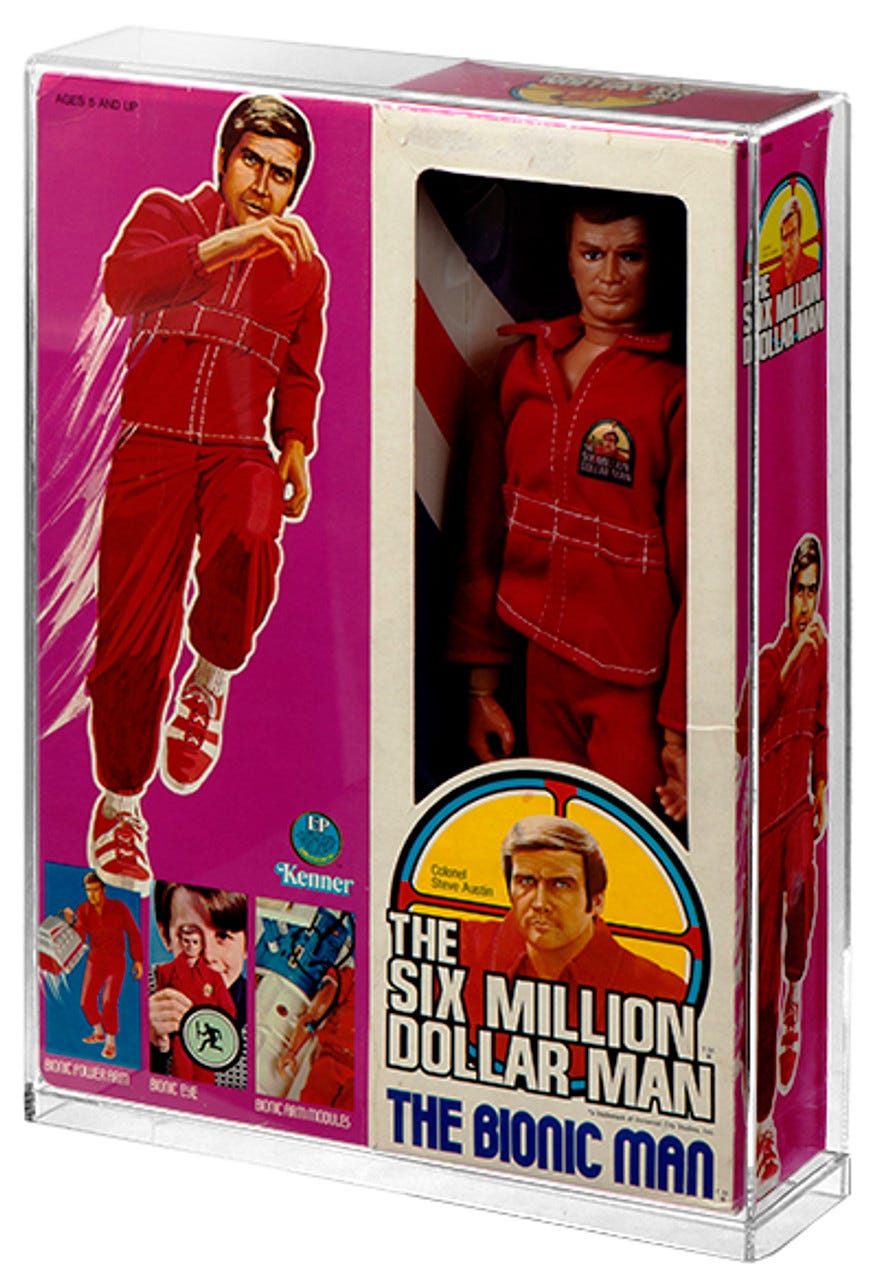

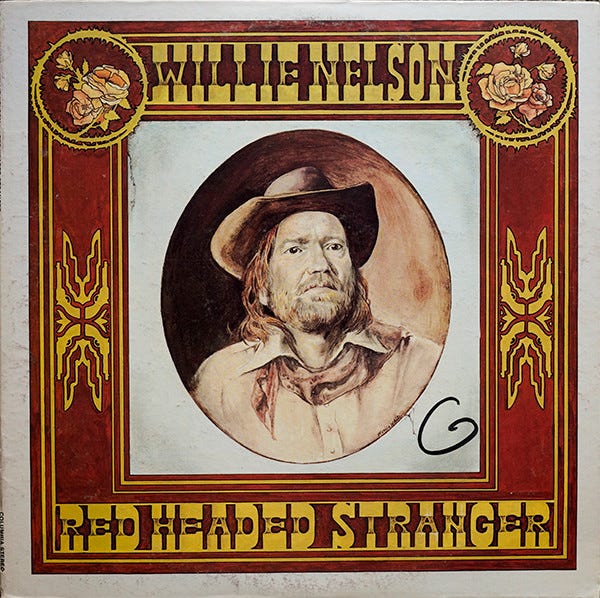
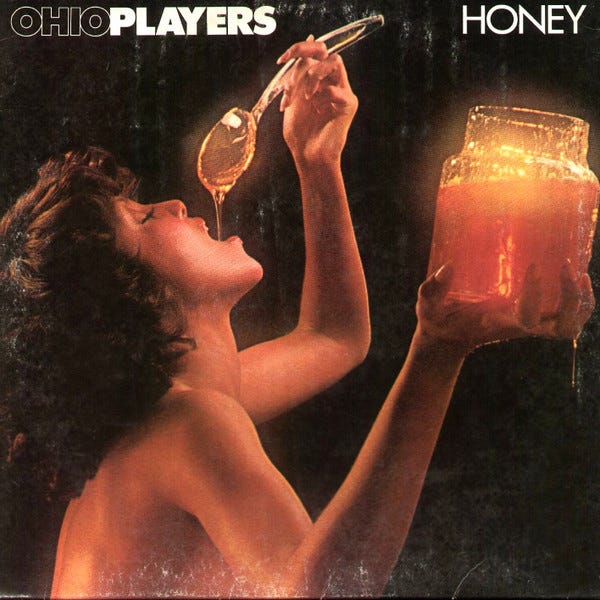
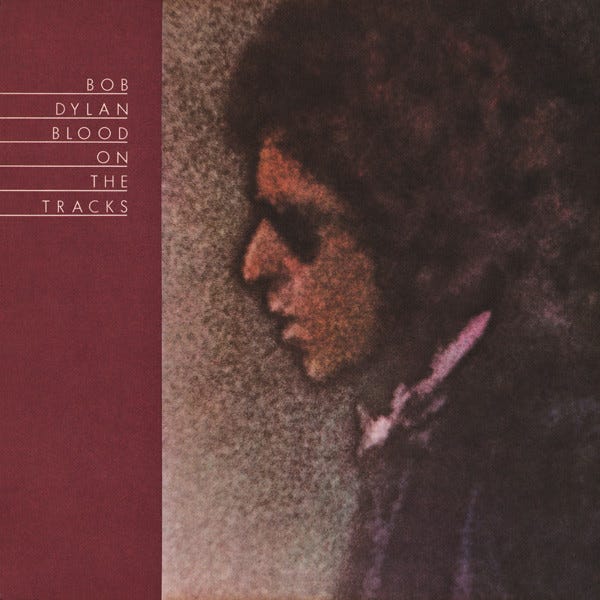

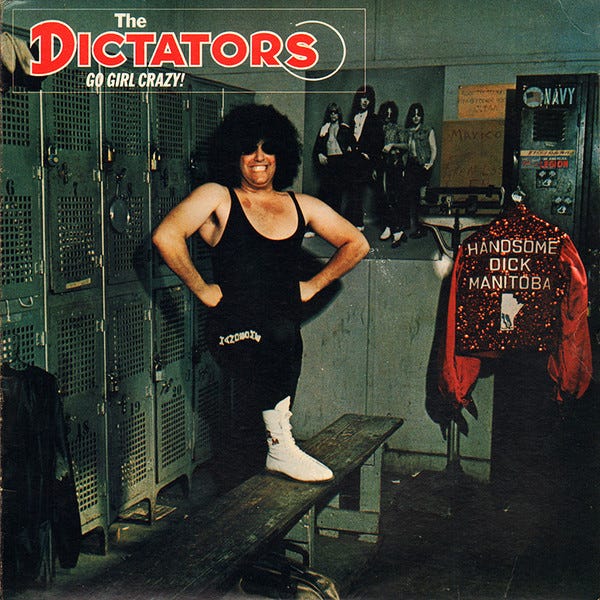
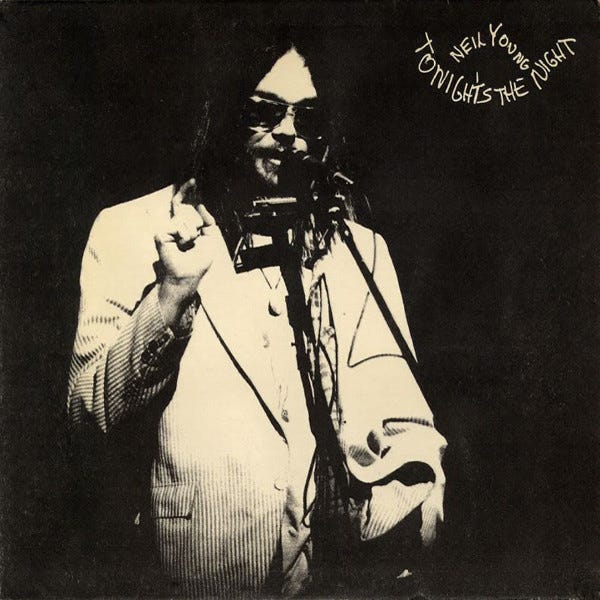

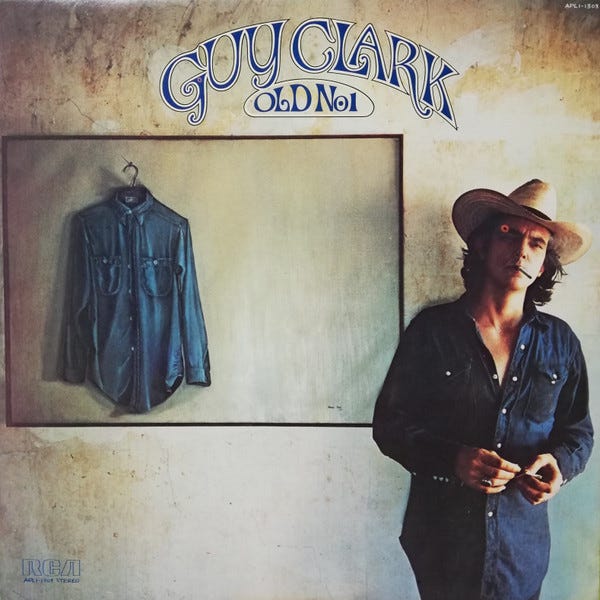


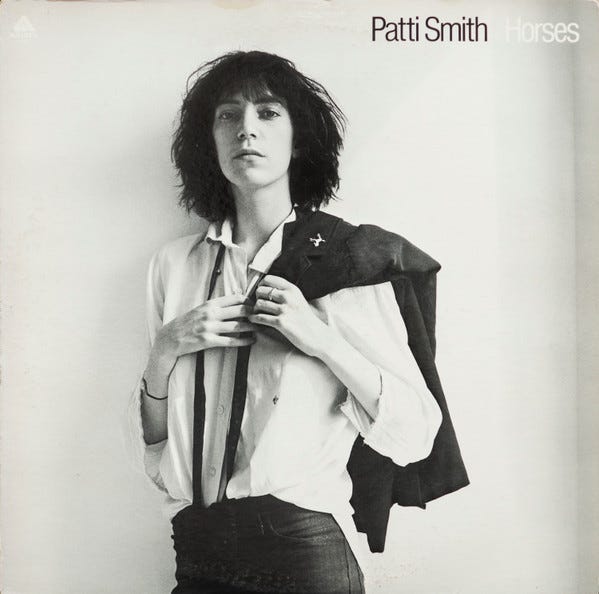
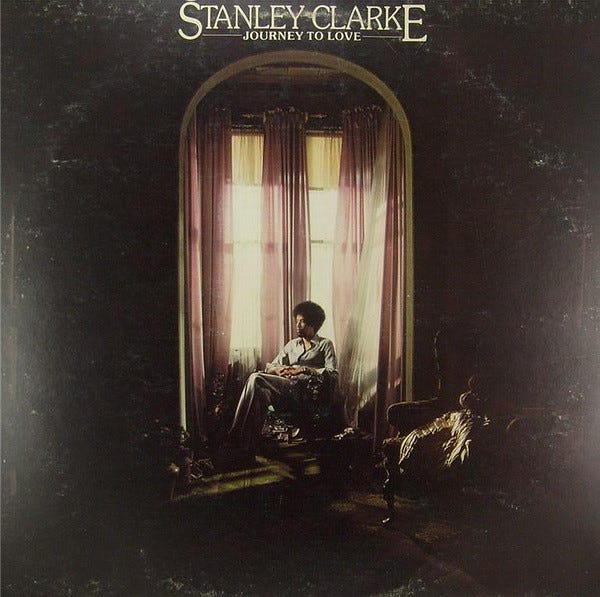
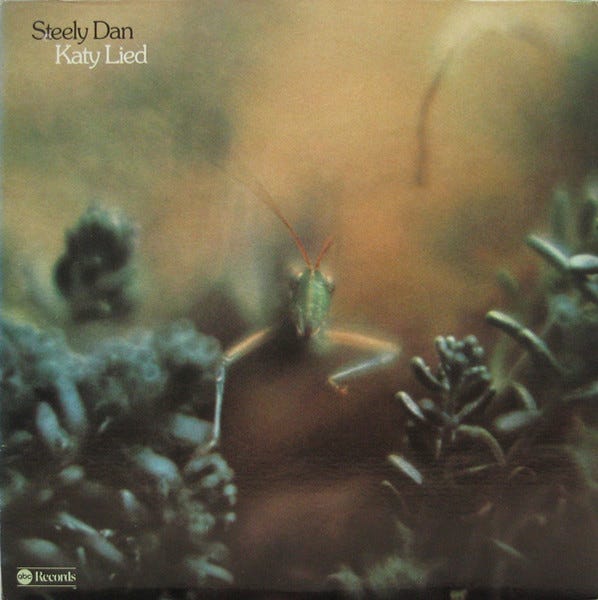
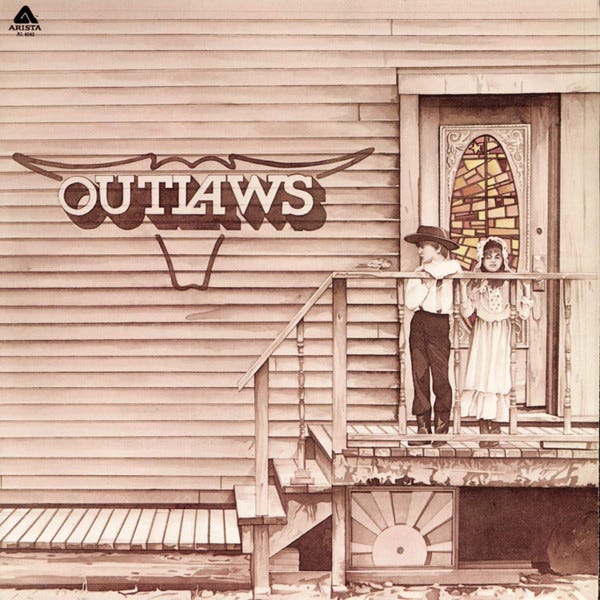


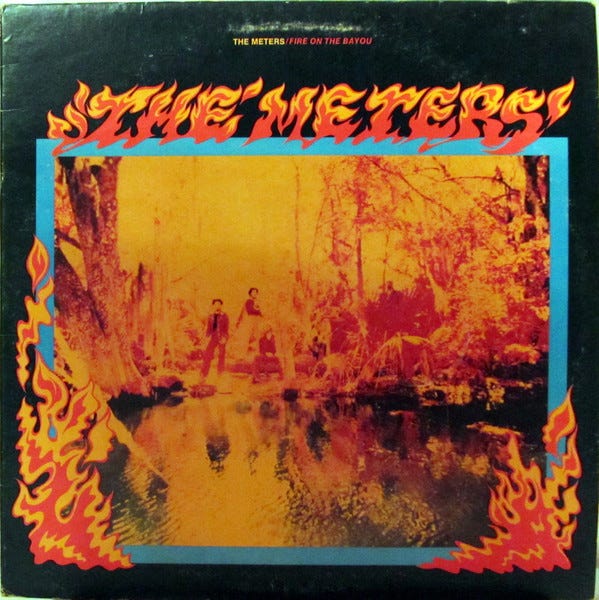
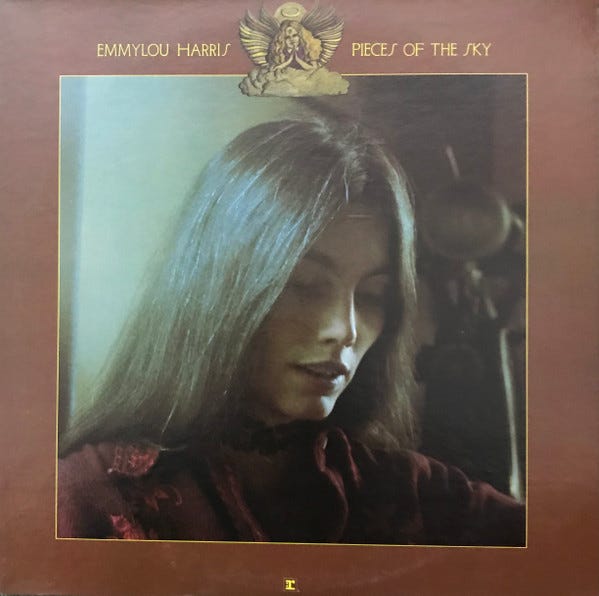

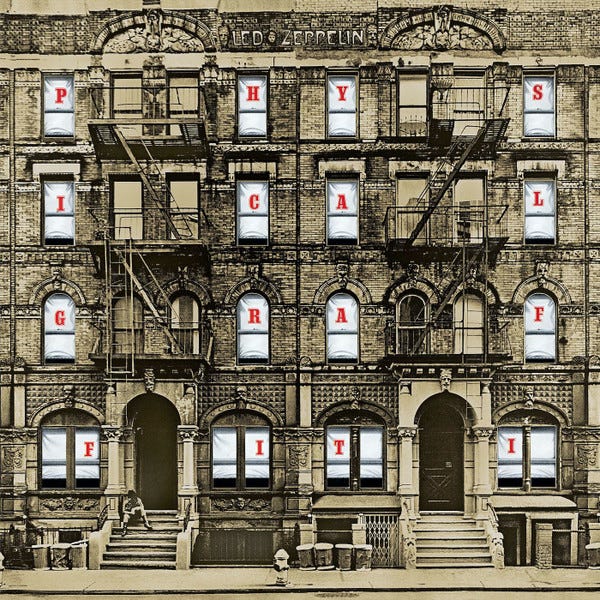
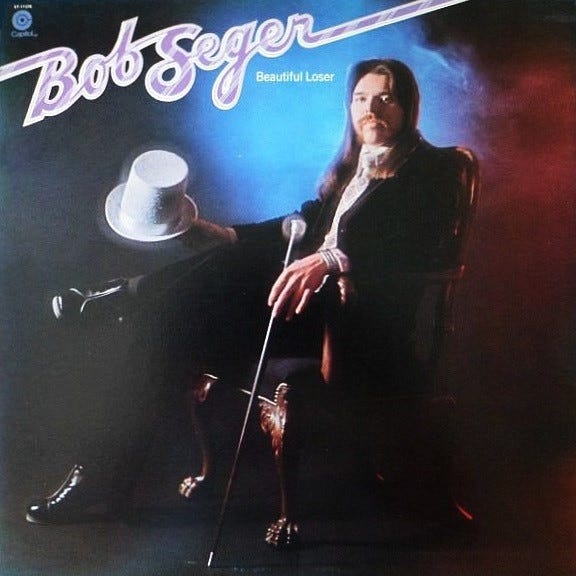
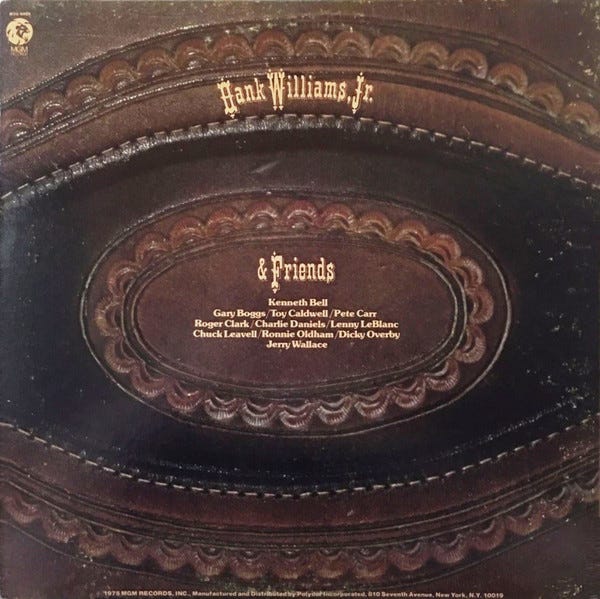
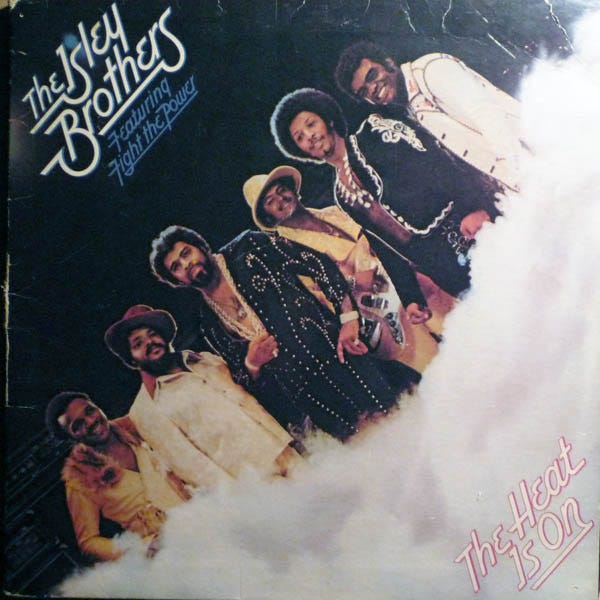
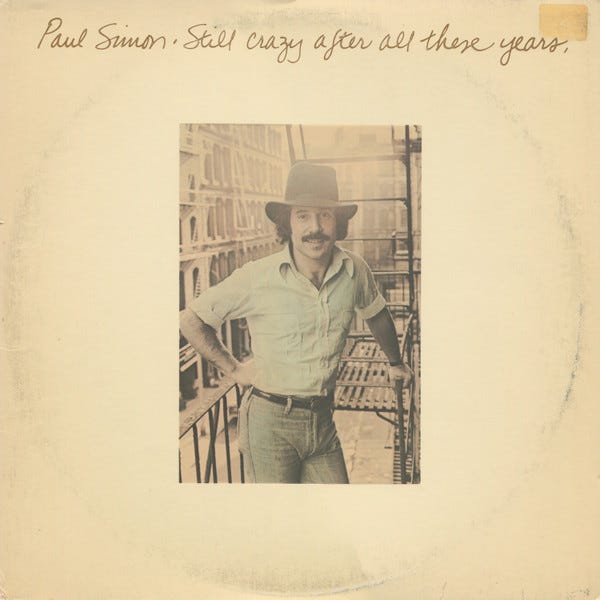

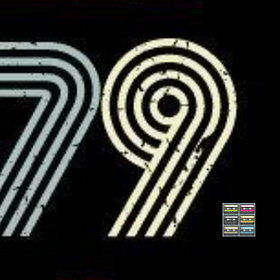

Well done piece. I’d add the Spinners’ Pick of the Litter & the Albums list. Top songs and production by Thom Bell.
Love that Guy Clark album.